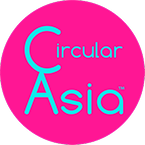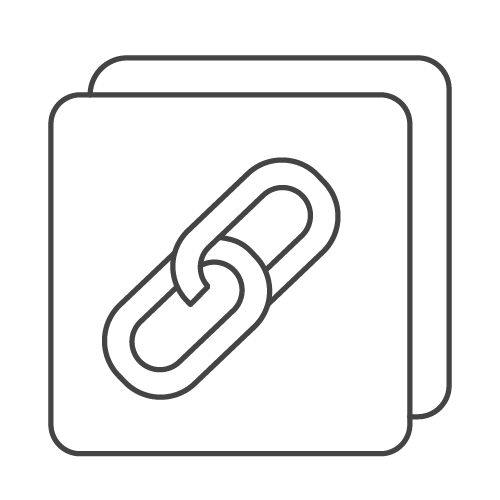Recover

Recover
Waste recovery is the process of transforming waste into energy or secondary raw materials. This process not only reduces the environmental impact of waste but also increases its value. It is a key component of the circular economy, which aims to minimise waste and make the most of resources. Waste recovery involves converting waste materials into useful resources. This could be in the form of energy (such as heat or electricity) or raw materials that can be used in manufacturing new products.
Recover – An Economic Function of the Circular Economy
The first step in measuring end-of-use-cycle materials for recovery is to define program goals and plan the basic elements of the system, including staff and resources needed. Goals can include setting waste reduction or diversion targets, identifying trends in end-of-use-cycle products generation and recycling, and making decisions on collection crews, route schedules, and equipment needed for material and resource pickups and recycling.
Remember, the data collected can help establish or expand community collection programs, raise public awareness of recycling, encourage participation in collection efforts, and promote buying products with recycled content campaigns.

The Knowledge Centre
Our Knowledge Centre holds an extraordinary amount of information, including research, reports and articles covering more than 50 different topics, including finance, ideas, legal, metrics and monitoring, policy and presentations, as well as images, infographics and movies




